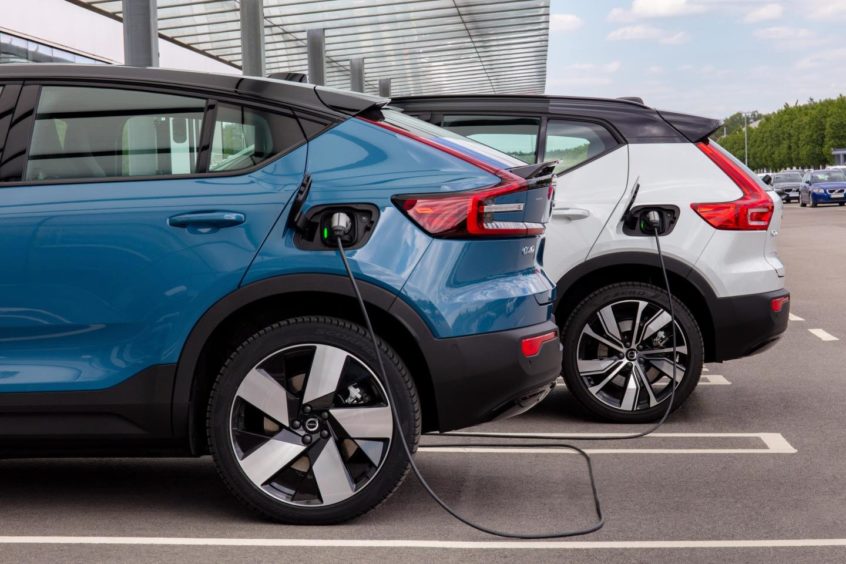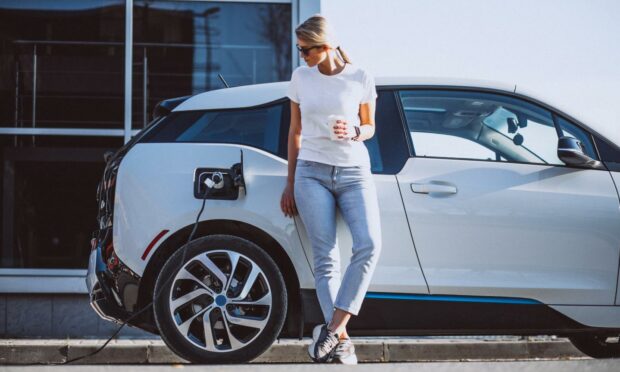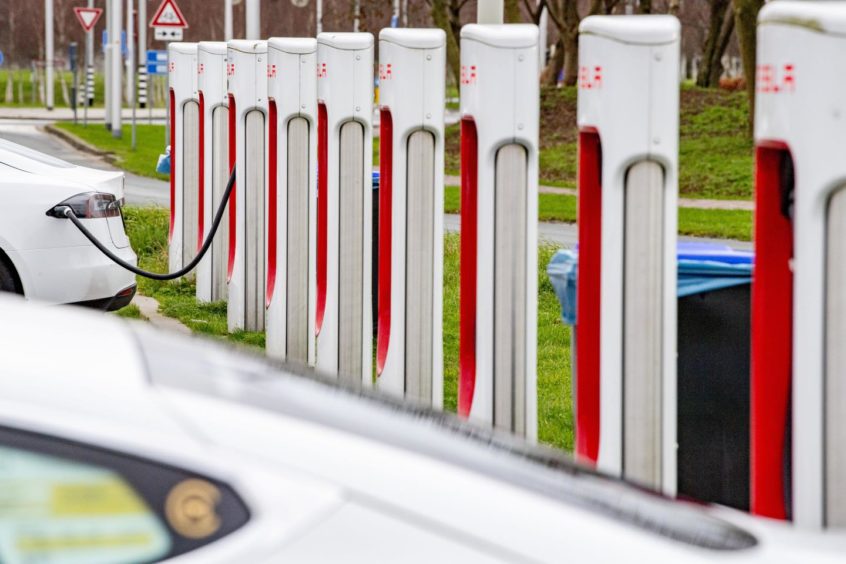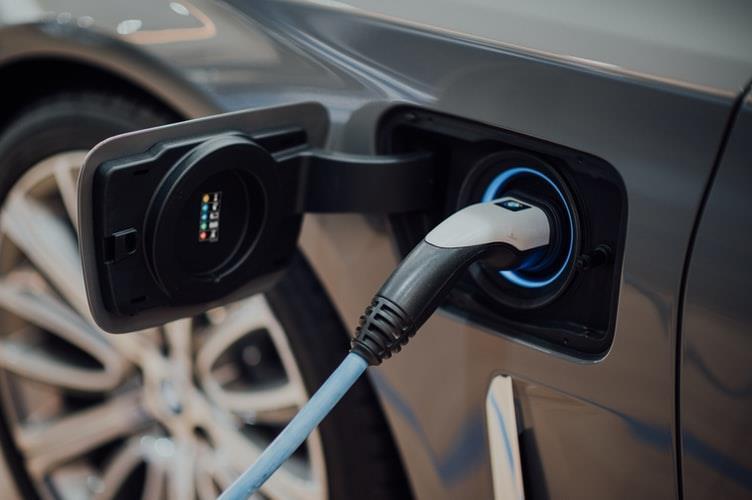The recent fuel crisis could push people to make the switch to an electric vehicle sooner, following a surge in online interest in EVs in the wake of the fuelling-station shortages.
However, people still have questions about the reliability of an EV charge, how long their battery will last, what drains it fastest and that chances of being left high and dry.
While many motorists feel safer knowing they can jerry-can their way out of an empty petrol tank, the rapid advance of battery technology – along with improving infrastructure – is likely to render many EV worries a thing of the past, including battery drain.
A study, conducted by automotive experts, Vanarama, revealed that no in-car features would drain an EV battery by more than 20%.
Heating was found to drain the battery the most (17%) but to do this you would need to be driving your car at 70mph with the heating at full blast.
To help motorists, Vanarama has provided their expert advice on some key queries:
Will I run out of battery?
With the newer batteries available, the likelihood that you will find yourself in a place where you are unable to charge as your gauge falls towards 0% is remote.
In fact, as of May 2021, there are now more than 15,000 places in the UK where you can charge your car – that’s nearly double the number of petrol stations.
What happens when the battery is drained?

Your electric car is primed to give you plenty of warning, normally at or around the 20% charge mark. All EVs have sophisticated monitoring systems that can accurately predict the amount of charge you have left and, just as usefully, calculate what that means in terms of range. Additional warnings will also increasingly appear.
Routed to charge points
Many cars will have integrated satellite navigation systems that automatically route you to the nearest charging point. And as the charging infrastructure develops, that could just as easily be the nearest lamp post or supermarket car park as it might be a fuel station forecourt.
Failsafe mode
Electric batteries don’t like being “deep discharged”. It’s bad for their chemistry and can lower the life expectancy of the battery pack. So engineers build in a small buffer zone that prevents you from truly draining the pack – even when your car shows 0%.
Roadside safety
At some point, though, it’s going to stop, so with the final few ions of charge left remaining, the car will go into what Nissan calls ‘Turtle’ mode. Performance is reduced to a crawl, but you will have enough power left to pull safely over to the side of the road.
The best ways to boost your EV charge include driving slower; use heated seats instead of the cabin heater; utilise regenerative braking and pre-plan your route.



